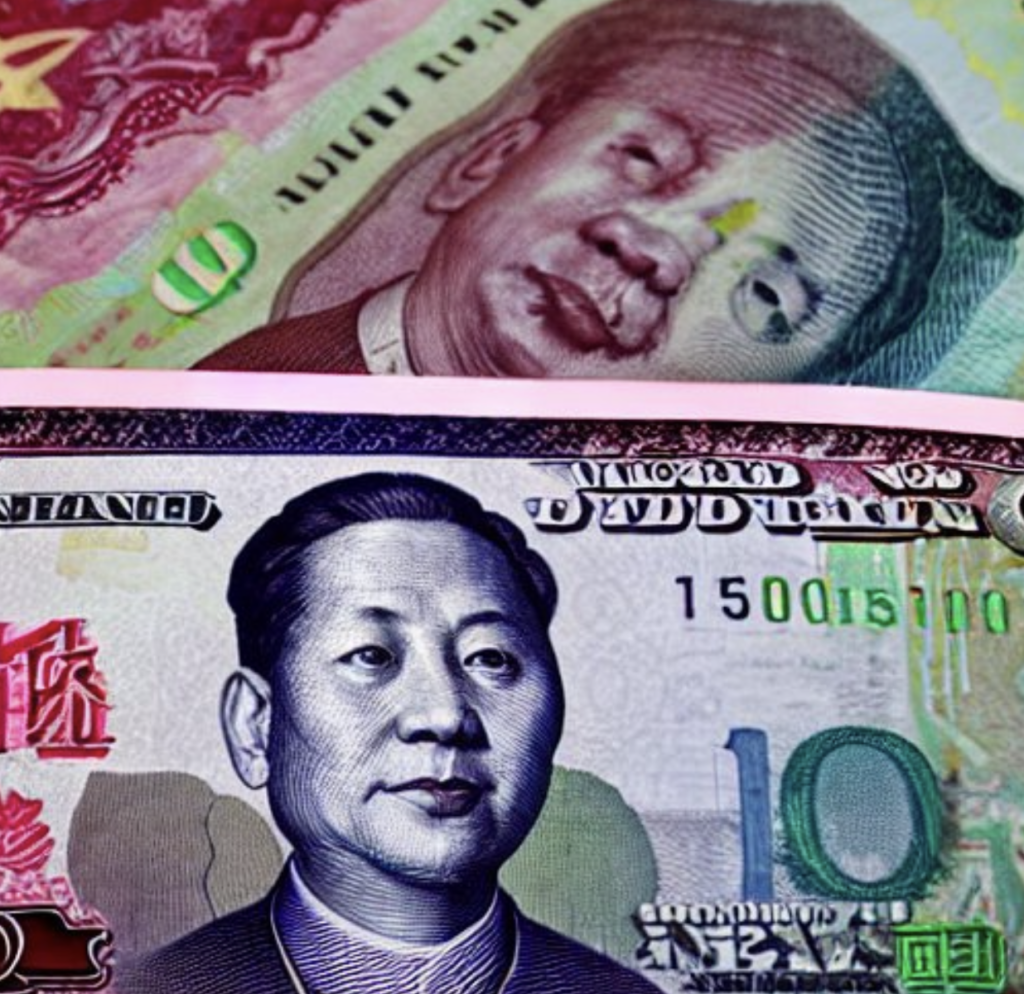
China has been working on its own digital currency, the digital yuan, for several years now. The People’s Bank of China (PBOC) has been testing the digital currency in several pilot cities, including Shenzhen, Suzhou, Chengdu, and others. The digital yuan is not a cryptocurrency like Bitcoin or Ethereum, but rather a digital version of China’s existing fiat currency, the renminbi. The digital yuan is not built on blockchain technology, but rather on a centralized system controlled by the PBOC.
The digital yuan is designed to be used for both online and offline transactions, and it’s intended to replace cash in circulation. The digital yuan can be used for transactions such as paying bills, making purchases, and sending money to others. The digital yuan can also be used for peer-to-peer transactions, allowing individuals to transfer money to each other without the need for a bank account.
The PBOC has been working with several major Chinese tech companies, such as Tencent and Alibaba, to develop the digital yuan. These companies have been involved in the testing of the digital currency in pilot cities, and they are expected to play a major role in its rollout. The digital yuan is also expected to be integrated into the Alipay and WeChat Pay mobile payment systems, which are widely used in China.
One of the major advantages of the digital yuan is that it will give the PBOC more control over the monetary system. The central bank will be able to track all transactions made with the digital currency, which will make it easier to detect and prevent money laundering and other financial crimes. The digital yuan will also enable the PBOC to implement monetary policy more effectively, as it will be able to conduct real-time transactions and adjust interest rates as needed.
Another advantage of the digital yuan is that it will make it easier for China to go cashless. As more people use the digital yuan for transactions, less cash will be needed, which will lower the cost of printing and circulating physical currency. Additionally, the digital yuan will make it easier for people in rural areas to access banking services, as they will not have to travel to a bank branch to open an account or make a deposit.
However, the digital yuan also has some potential drawbacks. One is that it could lead to increased government surveillance, as the PBOC will be able to track all transactions made with the digital currency. Additionally, it could also lead to a loss of privacy, as individuals will have to provide personal information when they open a digital yuan account.
The digital yuan is still in the testing phase, and it’s not yet clear when it will be officially launched. However, it’s expected that the digital yuan will be rolled out gradually, starting in pilot cities and then expanding to other regions. It’s also expected that the digital yuan will be used in international transactions, which will make it easier for China to conduct business with other countries.
In conclusion, China’s digital yuan is a digital version of the country’s existing fiat currency, the renminbi. The digital yuan is being developed by the People’s Bank of China, and it’s being tested in several pilot cities. The digital yuan will be used for both online and offline transactions, and it’s intended to replace cash in circulation. The digital yuan has several advantages, such as giving the PBOC more control over the monetary system, and making it easier for China to go cashless. However, it also has some potential drawbacks, such as increased government surveillance, and loss of privacy.
Be First to Comment